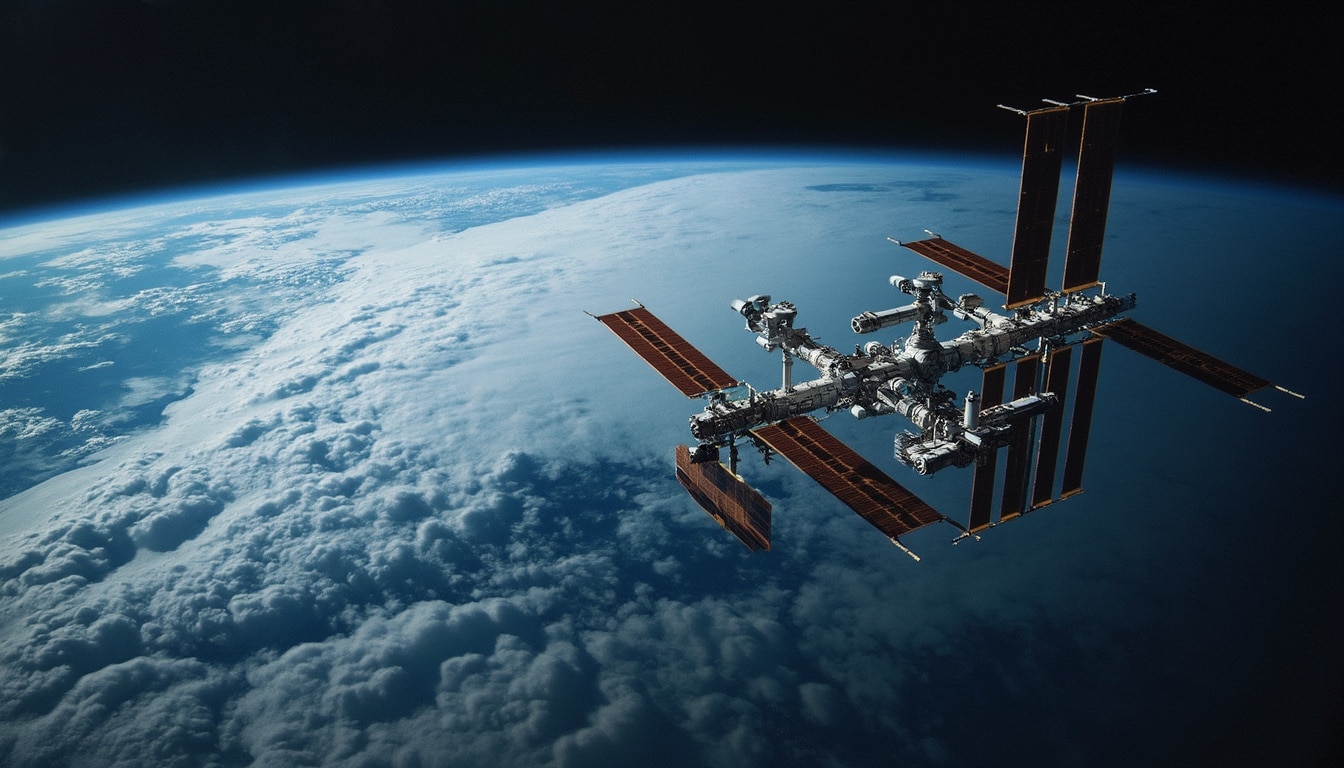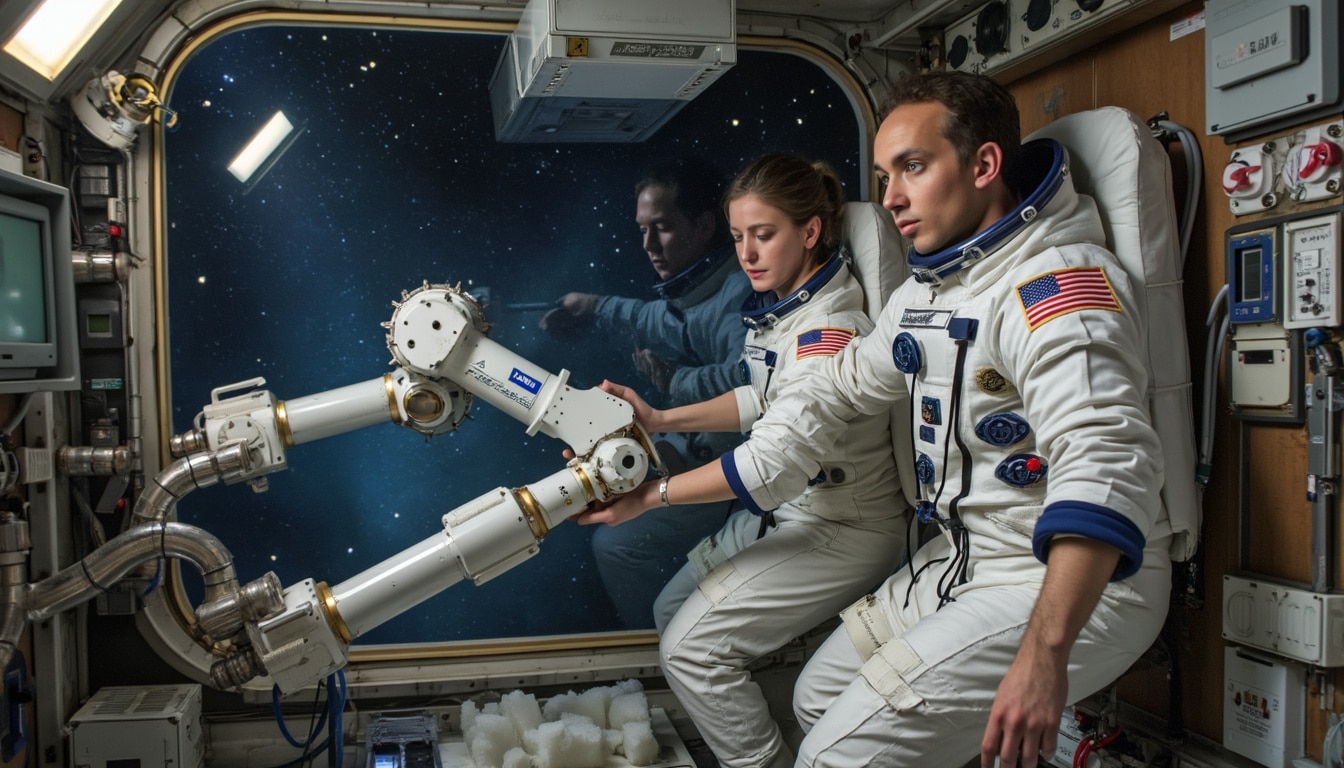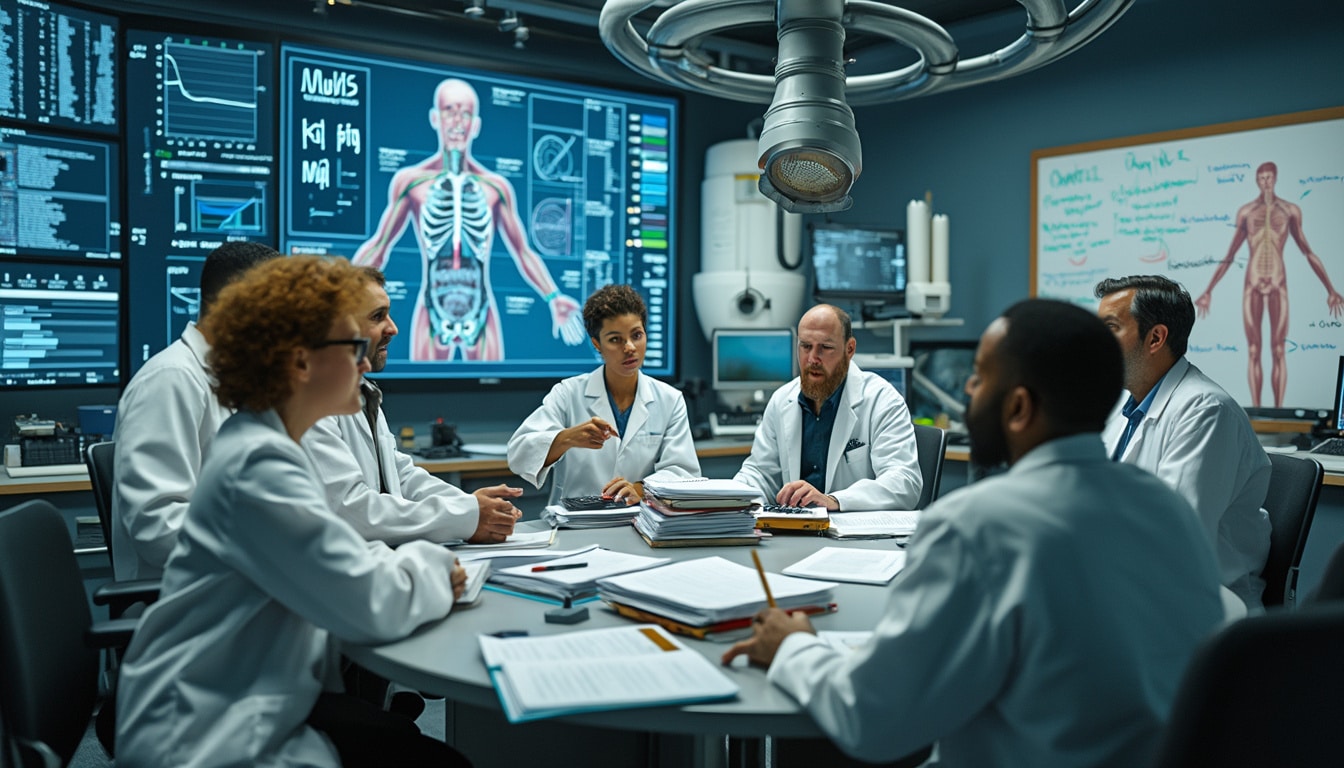NASA’s recent mission involving astronauts Suni Williams and Butch Wilmore lasted far longer than its initial ten-day plan, extending to nine months due to various technical setbacks. The prolonged stay on the International Space Station (ISS) raises important questions about the health impacts of such prolonged exposure to microgravity and radiation. As we delve deeper into the ramifications of this extended mission, we explore the physical and psychological challenges faced by astronauts, recovery processes they must undertake, and what we can learn from past NASA missions regarding space exploration and astronaut health.
The journey home is essential not only for these astronauts but also reveals much about the greater challenges of long-term space flights and the lasting effects on the human body. With increasing interest in NASA’s space program and potential missions to Mars, understanding the risks associated with extended missions becomes paramount.
The Extended Stay: Technical Challenges and Delays
The mission originally planned for a brief ten-day exploration quickly morphed into a nearly nine-month ordeal due to unforeseen technical complications. NASA’s decision to keep Williams and Wilmore on board the ISS stemmed from complications with Boeing’s Starliner spacecraft, including helium leaks and propulsion system failures. This decision brought the astronauts into a unique and challenging chapter, entering a limbo state that resembles an administrative glitch rather than a calculated space exploration opportunity. Yet the risks of such situations are grave, as space’s unique environment has the potential to inflict serious health impacts on astronauts.

Understanding the Risks of Prolonged Exposure to Space Conditions
The health impacts stemming from extended stays in the microgravity environment can lead to numerous physical and psychological challenges. When astronauts remain in space for a prolonged period, multiple bodily systems are affected. As former NASA astronaut Dr. Sandy Magnus noted, experiencing g-forces during launch is akin to having a “70-pound gorilla sitting on your chest,” a feeling that only gets amplified upon return to Earth’s gravity after long durations, like those experienced by Williams and Wilmore.
Research indicates that spending time in space accelerates the aging process within the human body. This is primarily due to the absence of gravity which significantly influences bone health and density. Without the constant force of gravity to stimulate bone-building cells, astronauts can experience a loss of bone density at a rate of about 1% per month. As a result, astronauts like Williams and Wilmore are likely to have lost significant bone mass upon their return.
In addition to physical challenges, psychological impacts also arise from extended durations in space. Astronauts face not only isolation but also disruptions to their internal circadian rhythms, affecting sleep patterns and overall mental health. NASA must take into account these crew challenges to ensure the well-being of its astronauts during lengthy missions.
Health Risks Associated with Long-Term Space Missions
With a mission that has stretched into months, the potential health risks for astronauts cannot be overlooked. Each day spent in the low-gravity environment of the ISS comes with its challenges – both seen and unseen. Over weeks and months, astronauts experience numerous physiological changes that could raise concerns about long-term health.
Physical Health Challenges After Long-Term Missions
As previously mentioned, bone density loss is a significant concern. NASA’s Lead Flight Surgeon Dr. Stevan Gilmore emphasizes how astronauts undergo a rigorous recovery program upon their return. Williams and Wilmore will participate in a 45-day rehabilitation program focusing on regaining strength and reversing muscle atrophy. Initial responses could be overwhelming, as they will likely find everyday tasks, such as lifting a pencil, requiring significant effort due to their bodies’ adapted states in microgravity.
Another critical area of concern revolves around the cardiovascular system. Spaceflight can exacerbate the risk factors associated with heart diseases, with astronauts experiencing cardiac changes upon return. For instance, the blood distribution in the body changes in space, causing increased pressure on the heart, potentially leading to complications. Dr. Afshin Beheshti of the Center for Space Biomedicine notes how space can act as an accelerated model for disease, highlighting the harsh realities astronauts could face as they transition back to Earth’s environment.
Moreover, the neuro-ocular impairments that can develop during long durations in microgravity pose additional threats. This condition, known as Spaceflight Associated Neuro-ocular Syndrome (SANS), affects vision and could lead to potential long-term complications post-mission.
The Psychosocial Impact of Extended Missions
Beyond the physiological impacts, the psychological effects of extended missions are notable. Astronauts aboard the ISS experience a unique blend of isolation and camaraderie. They rely heavily on their crew for emotional and psychological support during prolonged durations. Williams and Wilmore’s extended stay likely resulted in a deeper bond with their fellow crew members, a factor that aids in coping with the psychological stress of isolation.

Psychological Stressors in Space
A prolonged stay in space significantly affects mental well-being. Disruption in daily routines, the absence of familiar environments, and the constant pressure to perform essential tasks can lead to anxiety, stress, and even depression. NASA acknowledges that the health impacts do not only extend to the physical body but also encompass mental health considerations.
The effects of the space environment on psychological well-being raise concerns for future missions, especially those intending to send astronauts to Mars for extended periods. NASA must develop a framework to offer adequate mental health support, including regular communication with family members, as well as psychological assessments to monitor astronauts’ well-being during missions.
Additionally, the interplay of physical and psychological factors cannot be ignored; the effects of physical stress—from muscle atrophy to cardiovascular complications—often exacerbate mental challenges. For astronauts to succeed in prolonged missions, a comprehensive understanding of the interaction between psychological and physical health will be paramount.
The Future of Long-Distance Space Travel and Astronaut Health Management
The health implications derived from extended space missions pave the way for developing protocols and technologies necessary for future endeavors. As NASA embarks on ambitious missions, such as exploring Mars, understanding the intricacies of astronaut health remains critical. The potential risks associated with long-term exposure to microgravity and space radiation necessitate ongoing research to uncover ways to safeguard astronauts’ health.

Innovations in Space Health Management
To mitigate the risks of long-duration missions, NASA is exploring innovative health management systems that revolve around space exploration. Such advancements may incorporate artificial intelligence and real-time monitoring of astronauts’ health metrics, allowing for immediate intervention should any health issues arise. The enhanced capability to monitor astronaut health could revolutionize the way missions are managed, including providing personalized exercise regimens tailored to counteract the effects of microgravity.
Research into methods of minimizing radiation exposure represents another critical avenue for protecting astronaut health. Potential collaborations even tap into the concept of artificial hibernation to provide added protection against harmful radiation. Scientists explore ways to reduce damage inflicted on the body by manipulating metabolic rates, which could help pave the way for safer interplanetary travel.
Developing protective shielding in spacecraft remains a monumental task and is part of ongoing research efforts to create healthier environments for astronauts. Moving forward, the lessons learned from the extended mission of Williams and Wilmore can serve as essential guides in paving the way for advanced health management systems, preventive measures, and new technologies to enhance the viability of manned missions in deep space.
Summary of Health Risks and Recovery After Extended Missions
| Health Concern | Description | Rehabilitation Strategy |
|---|---|---|
| Bone Density Loss | Reduction in bone density due to lack of gravitational force. | Rigorous physical rehabilitation program. |
| Cardiovascular Changes | Alterations in blood distribution and heart pressure. | Assessment and tailored exercise plans. |
| Neuro-ocular Issues | Vision impairment associated with microgravity. | Regular monitoring, potential treatments post-mission. |
| Psycho-social Stress | Isolation, anxiety, and psychological strain. | Access to mental health resources, regular family contact. |
Each element highlights the interconnection between health impacts and recovery strategies as NASA continues to push the boundaries of human capabilities in space exploration.




Leave a Reply